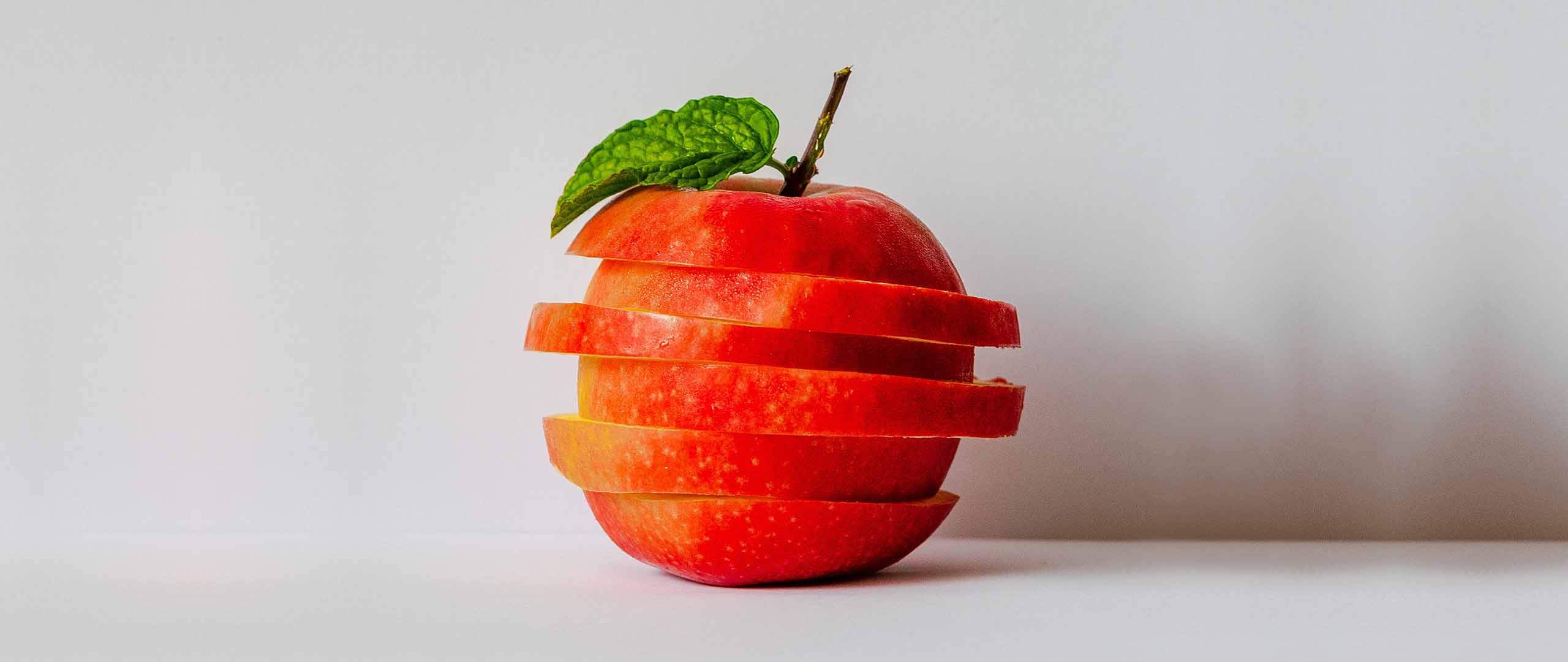Anyone with a type of diabetes knows that they must avoid certain foods in their diabetic meal plan. While fruit is an important part of a diabetic meal plan, there are some fruits that should be avoided.
However, many types of fruit can prevent type II diabetes from developing. Still, some fruits should be omitted due to their sugar content. When creating a diabetic meal plan, arming yourself with information is the most important thing you can do.
Best Fruits For Diabetic People
Fruits can be a very important part of a diabetic’s diet. Albeit, fruits can be high in fructose and have the potential to raise your blood sugar level. However, not all fruits are created equal.
Eating fruits can help you increase your intake of minerals, vitamins, and overall nutrients. So, it’s important to find ones that are low on the glycemic index. And are less likely to raise your blood sugar levels. Some good fruits for diabetics include:
- Berries, which are packed full of antioxidants and fiber
- Cherries, due to being high in both potassium and antioxidants
- Apples, those peels are packed with fiber (yeah, keep that peel on)
- Oranges and grapefruit, both of which are high in vitamin C, potassium, and folate
- Pears, another great source of fiber. Still gotta keep that peel on!
- Peaches, a sweet treat that’s full of vitamins A and C
- Apricots, that are high in both vitamins A and E
- Kiwis, which are high in potassium, vitamin C, and fiber
Glycemic Index (GI)
The Glycemic Index is a tool used to monitor sugar intake. Foods are classified on a scale ranging from low (having a GI of 55 of less). Medium (having a GI of 55 to 69). Or high (having a GI of 70 or higher). Foods that are high in refined carbs and sugars are more likely to have a high GI. On the other hand, foods that are high in fat, protein, and fiber tend to have a low GI. However, foods that contain no carbs such as meat, fish, nuts, and herbs are not assigned any GI.
While the food itself has a baseline GI, it may change based on multiple factors. Ripeness, type of sugar contained in the food, cooking method. And the amount of processing it’s undergone can all affect the GI.
It’s important to note that the GI is not the same as the Glycemic Load, or the GL. The GL factors is how much food has been consumed. Also, the number of carbs in a single serving of food to determine how it may affect blood sugar.
When making your meal plan, it’s important to pay attention to both the GI and the GL.
Worst Fruits For A Diabetic Meal Plan
While fruit can be a great addition to a diabetic’s diet, there are some fruits that are high on the glycemic index. Even though all fruits have healthy qualities, these fruits can potentially raise your blood sugar. This is because of where they fall on the Glycemic Index. Some of these fruits which have a medium GI include:
- Mangoes – 56 GI
- Ripe bananas – 60 GI
- Papayas – GI of 60
- Pineapple – 60 GI
- Watermelon – GI of 75
You may also want to avoid dried fruits with added sugars/sweeteners. Also, steer clear of canned fruit as they are often packaged in syrup.
Dealing with diabetic meal planning can be frustrating. But you don’t have to do it alone. Contact Jane’s Cafe for a diabetes-friendly healthy meal delivery option.












Leave a Reply